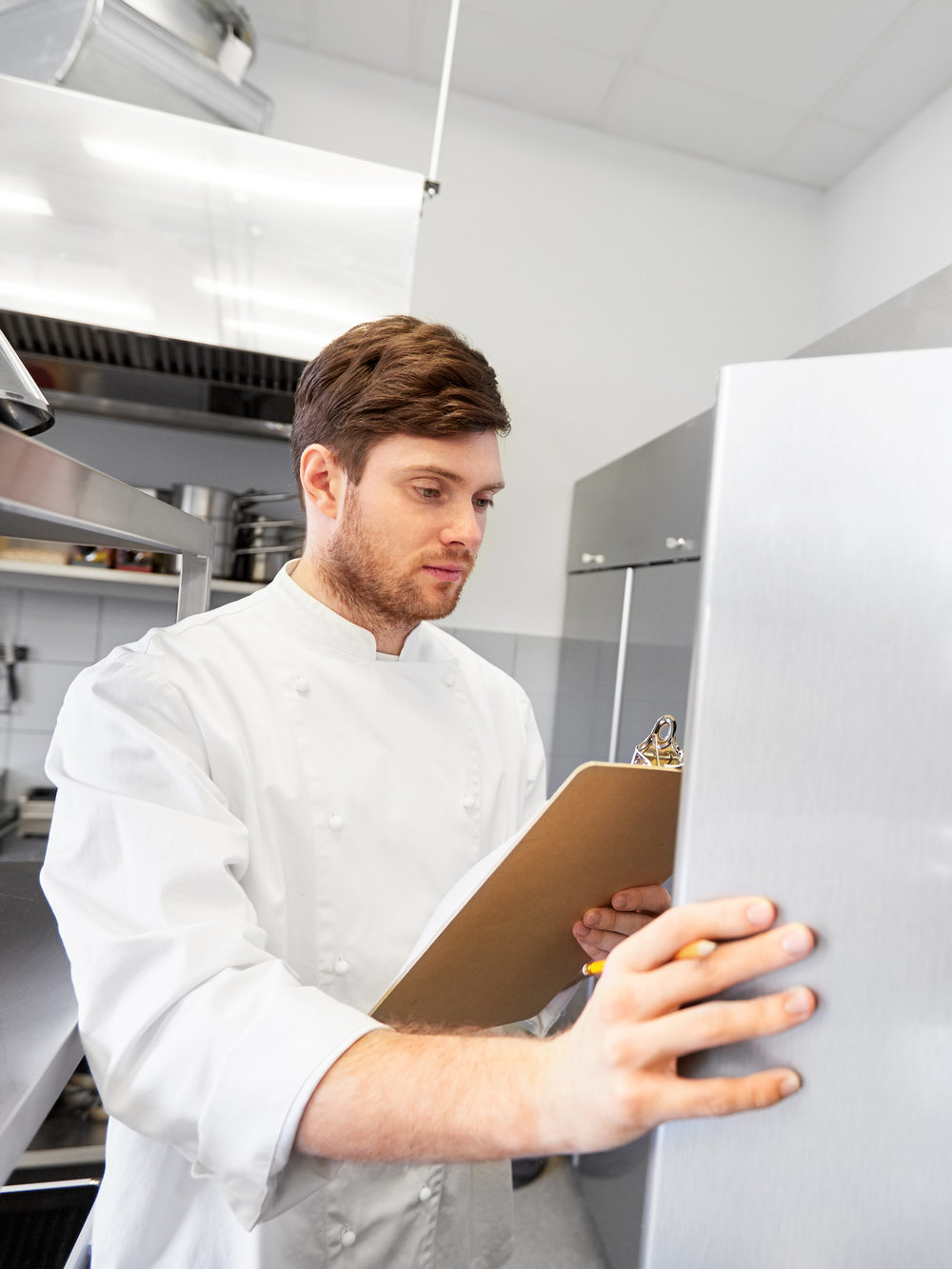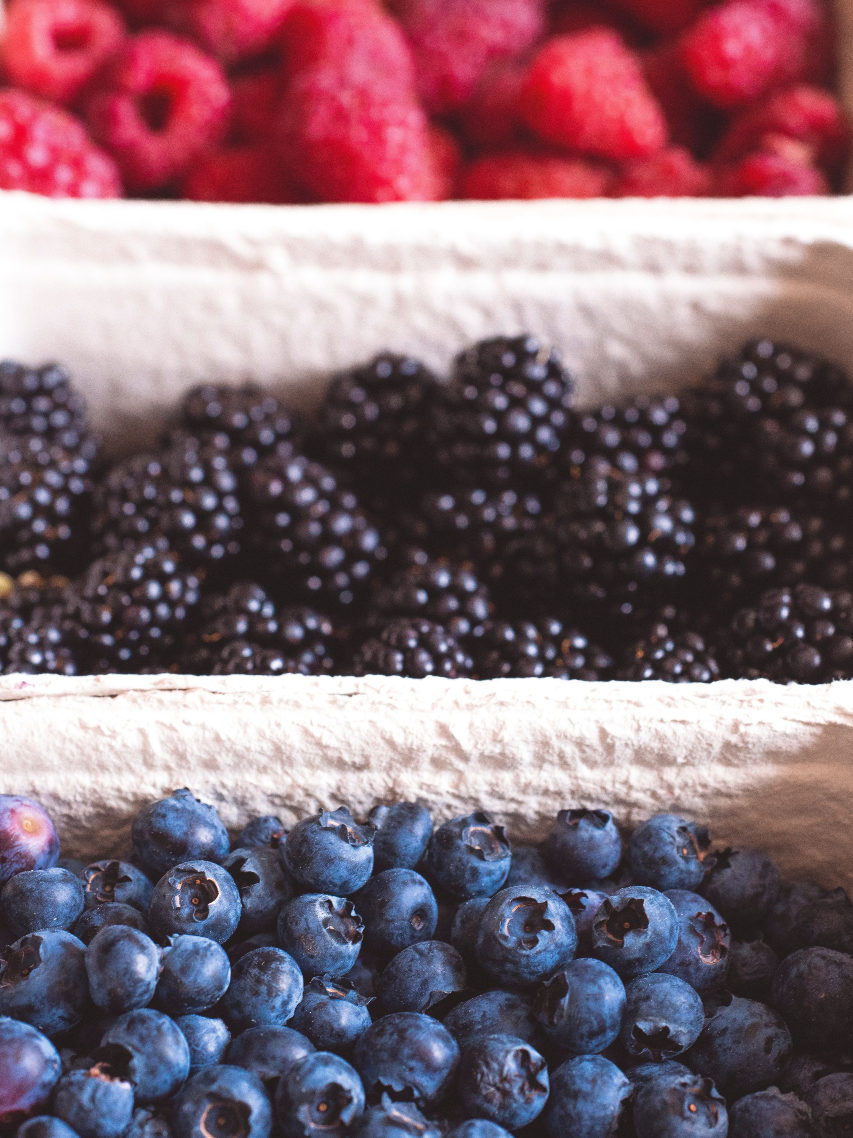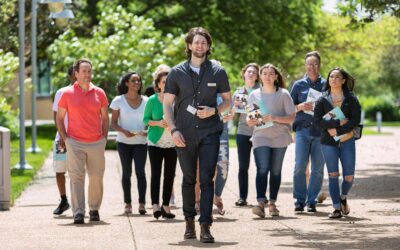Even without factoring in population, the United States produces more food waste than any other country in the world. And when you look at our landfills, you may be surprised to see that wasted food takes up more space than any other waste product. On average, Americans produce almost 80 billion pounds of food waste every single year. To address this issue, we implement our IMPACT ZERO™ program to reduce food waste with our clients.
Recently, we spoke with Christine Blaha, the food service director of one of our university clients in Arkansas, about how IMPACT ZERO™ initiatives help them meet their aggressive zero-waste goals. Here are a few insights into our program with the university and some of the ways we work with local organizations to eliminate wasted food there.
Waste Reduction from the Beginning
Christine and her team members make a concerted effort to emphasize the amount of food they purchase and where they purchase it from. It’s necessary to start at the beginning of the procurement process when reducing food waste, and these factors allow her team to do just that.
Using the Past to Predict the Future
Christine’s dining services team operate on a 35-day menu cycle, planning seven-day weeks for five weeks at a time. Every time they prepare food for students and faculty, they record:
- The number of portions they prepared.
- How many portions diners consume.
- And how many portions they had leftover.
By analyzing the data collected during each menu cycle, they can project future food inventory level needs based on dish popularity — reducing wasted ingredients. The more data they collect from one cycle to the next, the more accurate they can be in the future.
Additionally, the onsite dining teams craft smaller batches of food more frequently to reduce the amount of prepared food uneaten by diners. And if there are ingredients left over from a particular dish, our top chefs can repurpose them in new dishes later in the week.


Showing Some Neighborly Love
Local partnerships are incredibly important to how the university’s kitchen operates. Christine works with vendors that connect her with local producers within an approximate 100-mile radius of the school to acquire fresh watermelons, sweet potatoes, herbs, peppers, squashes, and more produce year-round. In addition to boosting the variety of food offerings for diners, this offers several sustainably-minded benefits.
Purchasing locally-grown, in-season ingredients puts less strain on farmers and sourcers to provide out-of-season produce while using less fuel to transport the ingredients to campus. As far as reducing food waste, easier access to ingredients means the university can purchase only the amounts they need instead of stockpiling or storing harder-to-find ingredients.
Overall, sourcing locally allows the dining team to purchase the freshest ingredients and provide diners with the highest-quality menu items every day.
Once Food’s in Inventory
While much of the food-waste elimination process happens before our dining teams even purchase ingredients, there are plenty of ways to save and repurpose food once it’s already in inventory. Christine shared with creative ways that her dining team keeps food waste to a minimum.
“Can I Get Sustainability To-Go?”
If you’ve ever brought home leftovers from a restaurant, you’ve already experienced an efficient way to reduce food waste. When students enter the university’s dining hall and take more food than they finish, they can bring home the extras in a reusable to-go box.
Beyond just bringing food home with them, the reusable nature of the to-go boxes have completely eliminated reliance on single-use, disposable food storage containers. Students bring their extra food home, eat it, and bring the containers back to the dining hall for reuse. These to-go boxes encourage students, faculty and staff to unify and rally around campus-wide sustainability goals.

Feeding Our Communities
Creative Dining partners with food banks and in some instances, arrangements are made for them to pick up high-quality surplus foods — like an extra pan of prepared lasagna — to help feed those in need. By working with organizations like food banks, we can help build a world where excess quality food ends up in the stomach of someone who needs it. By working with organizations like food banks, we can mitigate food insecurity and empower families to thrive in their communities.

Creative Dining operates under a triple-bottom-line philosophy, which emphasizes the social, environmental, and economic components of sustainability. Our partnerships with local organizations that feed those in need cover all three of those categories. From a “social” perspective, we’re taking care of vulnerable members of our community. Environmentally, we’re preventing perfectly good food from heading to a landfill. Economically, we’re helping these food banks reduce their expenses, and reducing the university’s waste management costs. In these ways, feeding our community through surplus foods allows us to bring true sustainability to the communities we serve.
Feeding the Earth Through Composting
While our onsite dining teams focus on food reduction using inventory controls and ordering protocols, sometimes there is leftover food. At Christine’s university, they address this issue through composting. When there are extra raw vegetables and fruits, those items go into a compost bin, where the scraps are broken down into a nutritious mix perfect for other uses like fertilizing gardens.
Students and university staff can take compost home with them to nourish their gardens, and the university itself uses the compost to fertilize campus flower beds. Additionally, there are community gardens that make use of the proffered compost to encourage successful future harvests of flowers and various fruits and vegetables.
Establishing Creative Local Partnerships
One of the most important aspects of establishing sustainable initiatives for our clients comes from understanding what’s possible. We collaborate with our clients, as well as local farmers, to establish and maintain a robust composting and recycling program with special emphasis on reducing food waste.
At Christine’s university, this includes a unique partnership with local livestock farmers where we send barrels of leftover food to the farmers to use as feed for animals, like pigs. In exchange, each year the farmers provide us with two pigs that we donate to a local veteran’s home and local food kitchens. Sometimes sustainability requires us to think outside the (sustainable, reusable) box!

Let’s All Work to Reduce Food Waste
Awareness is a great kick-starter for change, but continued education is vital for creating change that lasts! As we continue exploring the impacts of food waste, think about ways you can reduce food waste in your own circles. Reducing food waste takes community effort, and we must all do our part. To learn more about what you can do to reduce food waste at home or at your organization, follow us on Facebook, Instagram, and LinkedIn for other great waste-reduction tips.
To learn more about our client-based sustainability efforts and waste reduction, check out our Sustainability and IMPACT ZERO™ programs.


